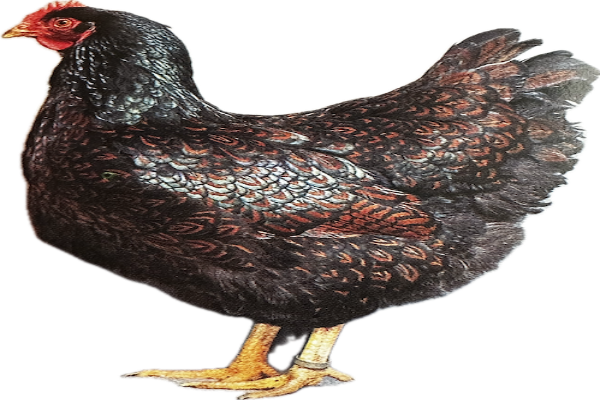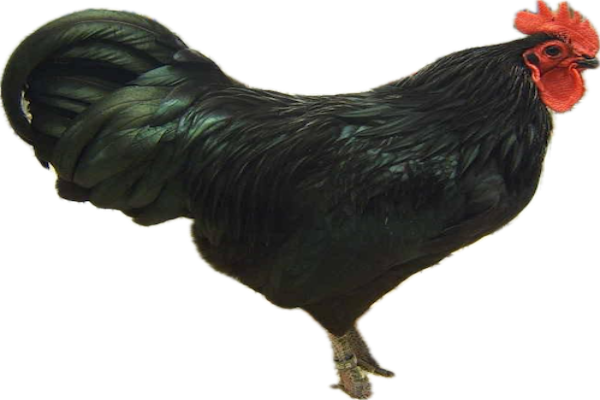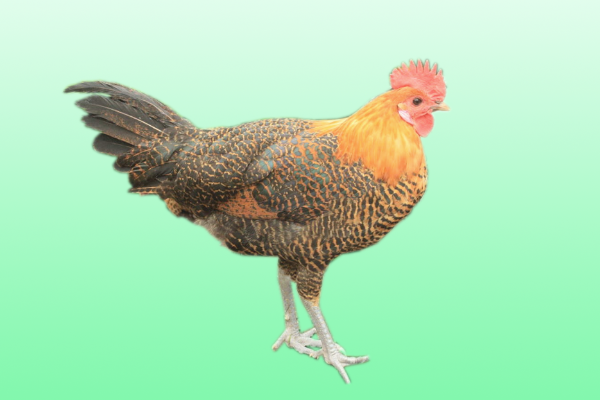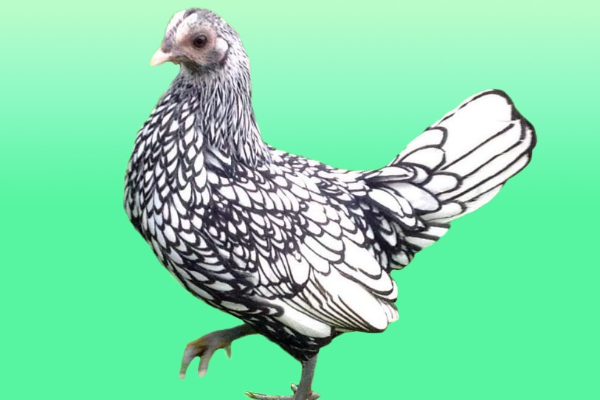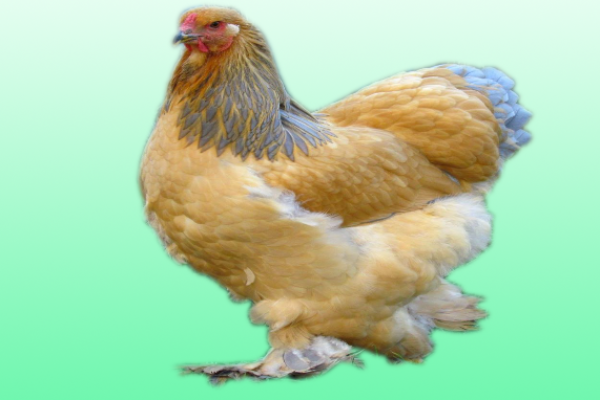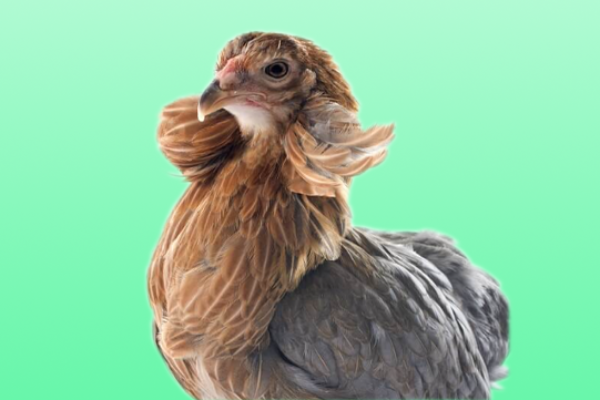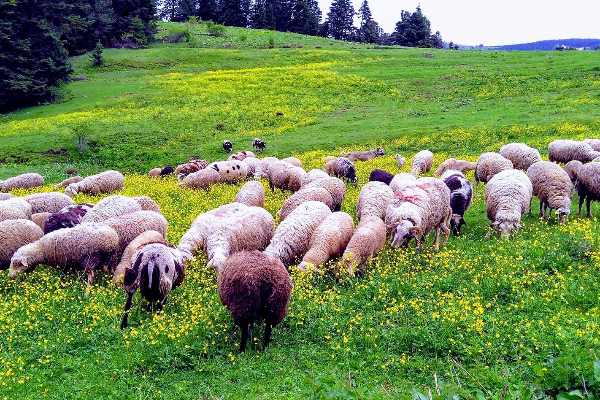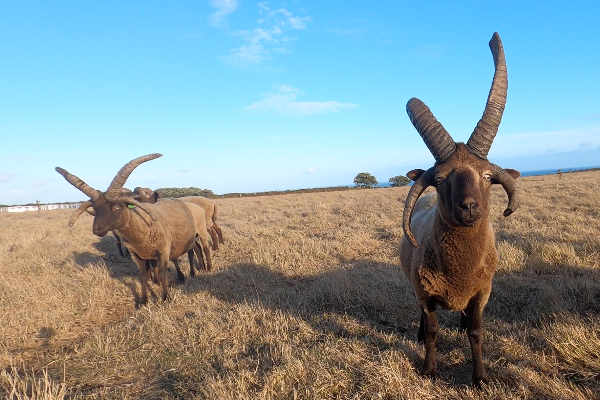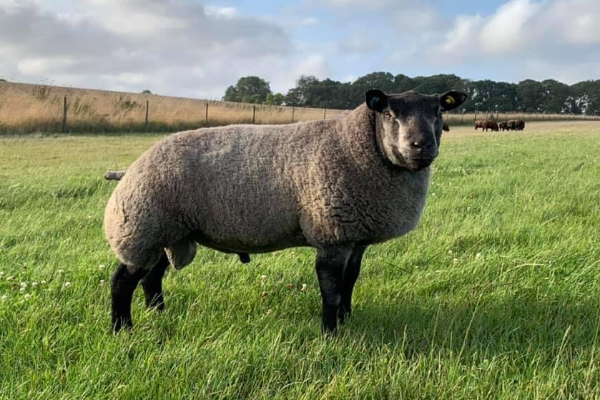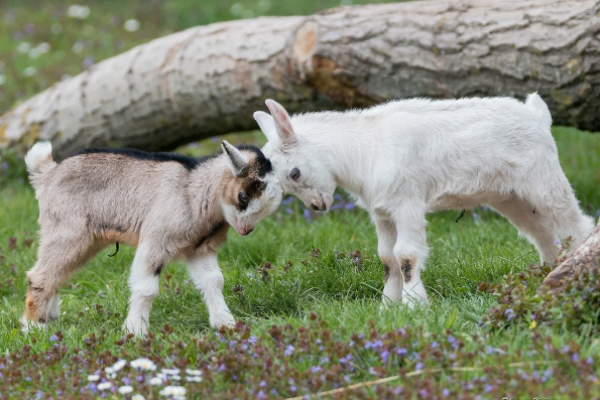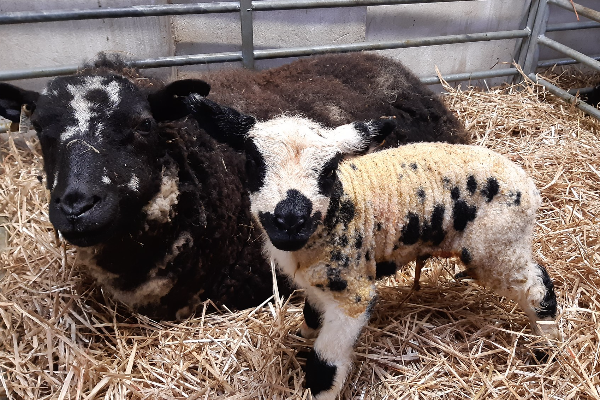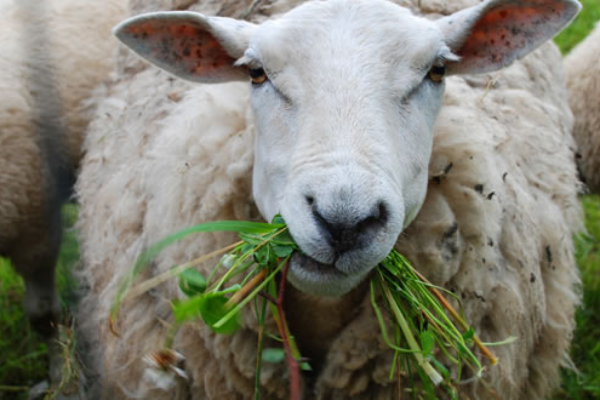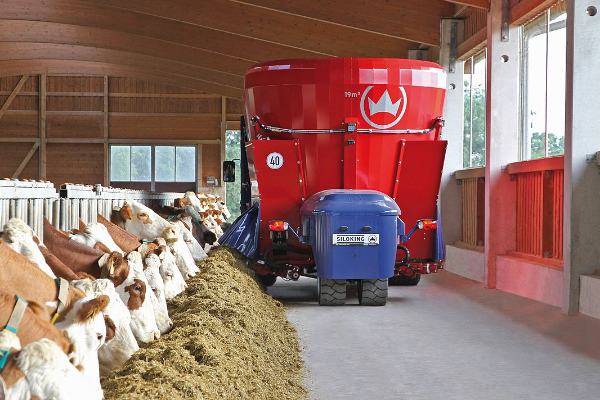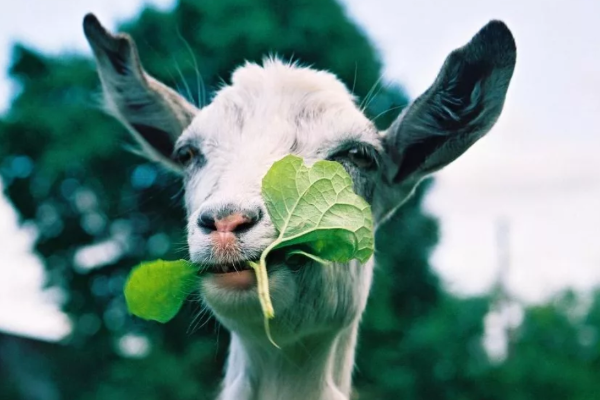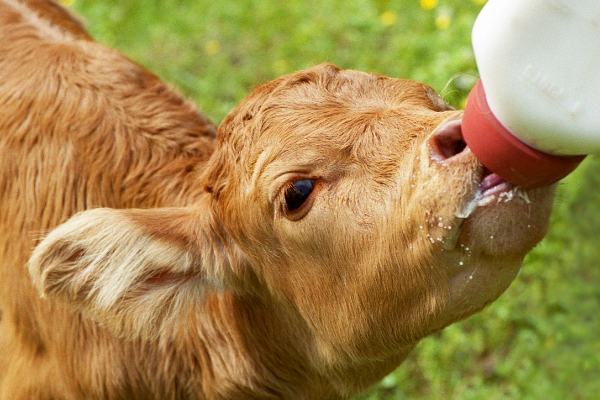Schmallenberg Virus (Sbv)
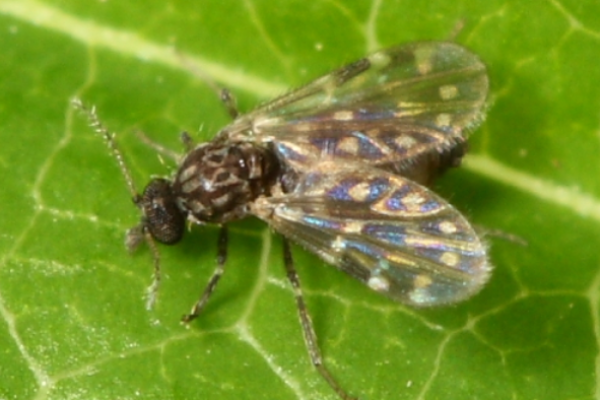
Schmallenberg Virus affects ruminant animals and is spread between animals by biting mid-animals and from mother to offspring via the placenta. Direct animal-to-animal transmission is considered unlikely.
RESULTS
Since 2011, SBV has been identified as the cause of congenital deformities or abortion in lambs and calves throughout Europe, with the number of cases varying over different years.
EARLY SIGNS AND IDENTIFICATION
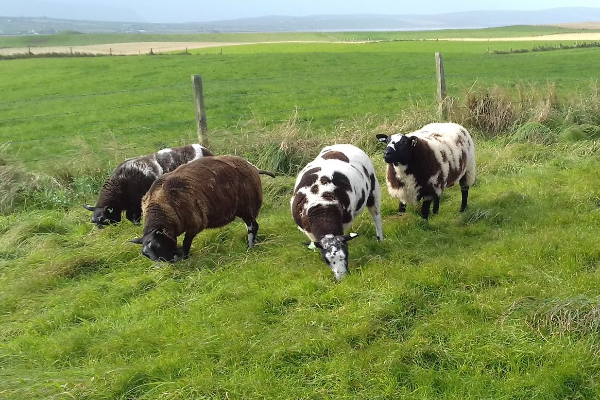
Adult sheep with SBV generally do not show any signs of clinical disease.
Lambs affected are often born with fixed, inflexible joints, a twisted neck or spine, a domed skull and a short jaw.
Some animals are born with a normal appearance but have abnormalities with their nervous system and exhibit signs such as inability to suck, blindness and seizures.
Other diseases or toxins may cause these signs, so discuss any suspected cases with your vet.
It is possible that one lamb from a multiple birth can be affected and the other lamb/s can be normal.
NEXT STEPS
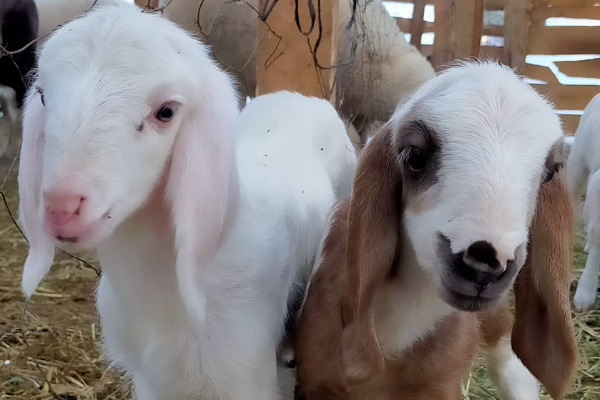
A vaccine against SBV has been licensed for use in the UK. The recommendation for sheep is to give the sheep a single dose before shedding. Discuss the use of the vaccine with your veterinarian.
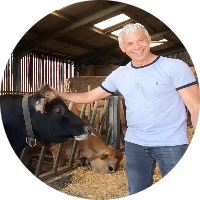
Written by
H Cetin KATIRCI
Online ShepherdBreedsMore
IllnessesMore
Forage cropsMore
![]() Патологическая физиология голодания Arina TARAN
Патологическая физиология голодания Arina TARAN![]() Дефицит фосфора (гипофосфатемия) Hipofosfatemi Arina TARAN
Дефицит фосфора (гипофосфатемия) Hipofosfatemi Arina TARAN![]() Какие бывают кормораздатчики для ферм КРС? Irina Makarova
Какие бывают кормораздатчики для ферм КРС? Irina Makarova![]() Кормушки для овец Diana Myakisheva
Кормушки для овец Diana Myakisheva![]() Питание домашних коз: что едят, виды корма и правила кормления Alina Arslantürk
Питание домашних коз: что едят, виды корма и правила кормления Alina Arslantürk![]() Важность минералов питании сельскохозяйственных животных Irina Makarova
Важность минералов питании сельскохозяйственных животных Irina Makarova

